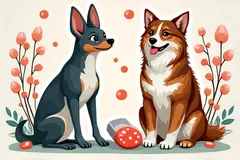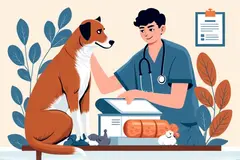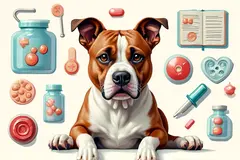 A small volume of urine produced. In adult dogs and cats oliguria is defined as urine production of less than 0. 5 ml/lb/hr (1 ml/kg/hr). An abnormally small amount of urine. Usually due to dehydration or acute kidney failure.... ↪ Read more
A small volume of urine produced. In adult dogs and cats oliguria is defined as urine production of less than 0. 5 ml/lb/hr (1 ml/kg/hr). An abnormally small amount of urine. Usually due to dehydration or acute kidney failure.... ↪ Read more Veterinary Drug Handbook (VDH) is the reference veterinarians turn to when they want an independent source of information on the drugs that are used in veterinary medicine today.
-
 Is veterinary Liniment Gel safe for humans?
Is veterinary Liniment Gel safe for humans? -
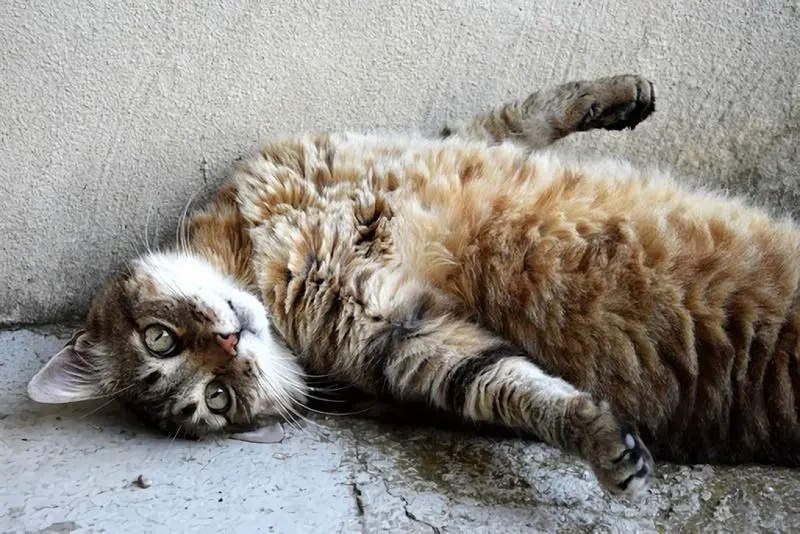 Giving Your Cat A Pill
Giving Your Cat A Pill -
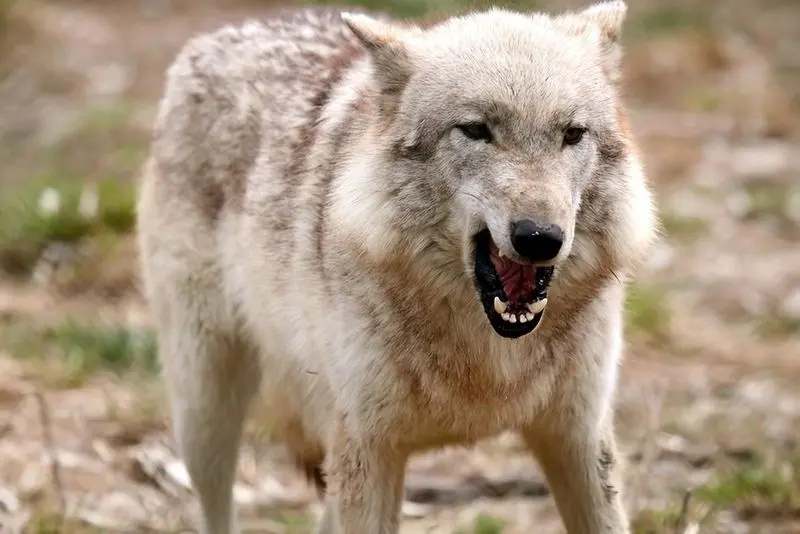 Dog Aggression
Dog Aggression -
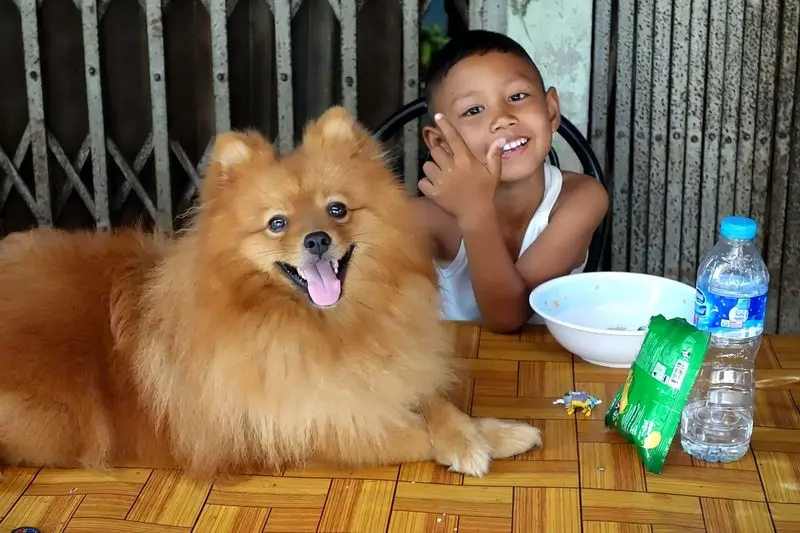 Dogs May Help Boost Infant Health
Dogs May Help Boost Infant Health -
 Animal-Assisted Therapy, Veterinary Social Work, & Social Work With People & Pets in Crisis
Animal-Assisted Therapy, Veterinary Social Work, & Social Work With People & Pets in Crisis -
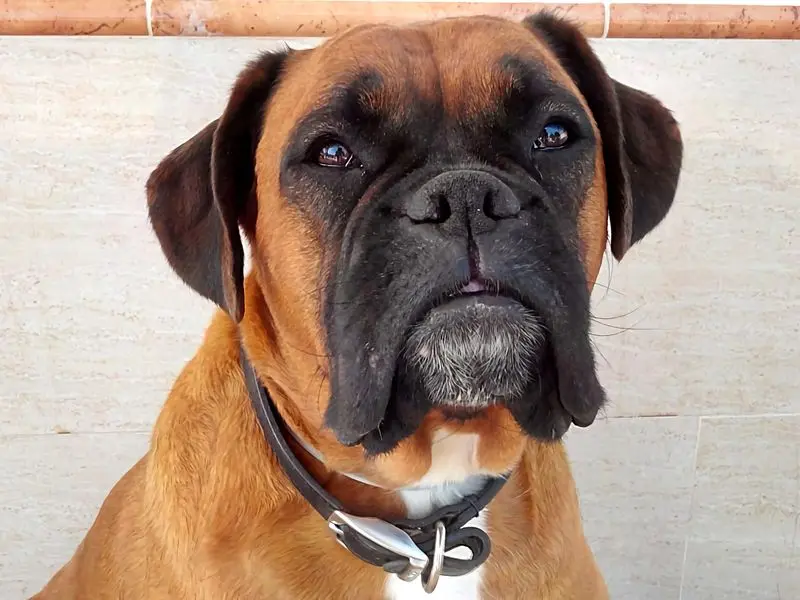 On-demand veterinary service gives advice on poorly pets
On-demand veterinary service gives advice on poorly pets -
 Should we stop throwing sticks for dogs?
Should we stop throwing sticks for dogs? -
 What does PU/PD mean in veterinary medicine?
What does PU/PD mean in veterinary medicine? -
 Can breathing in cat hair be harmful?
Can breathing in cat hair be harmful? -
 Bill calls for ban on sales of dogs, cats in Maine pet stores
Bill calls for ban on sales of dogs, cats in Maine pet stores -
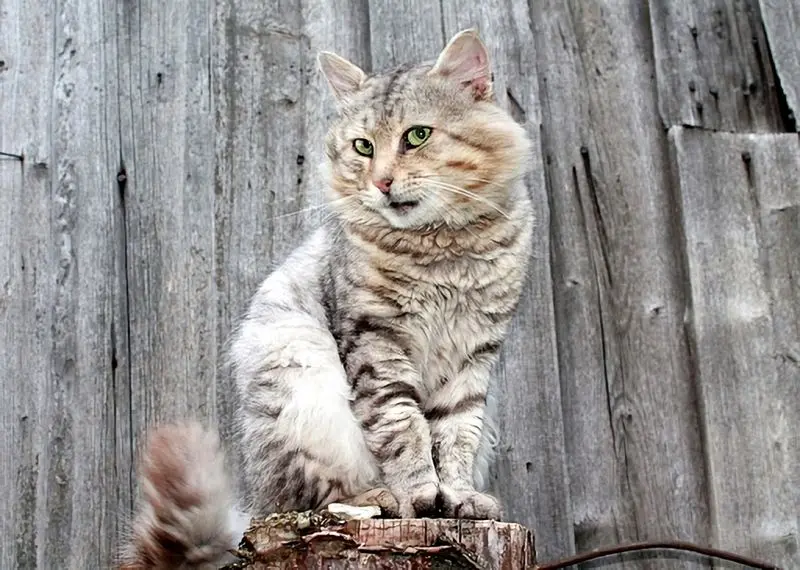 Common Meanings Of Cat Behavior
Common Meanings Of Cat Behavior -
 What does DVM stand for in veterinary?
What does DVM stand for in veterinary? -
 Curing Bad Cat Breath
Curing Bad Cat Breath -
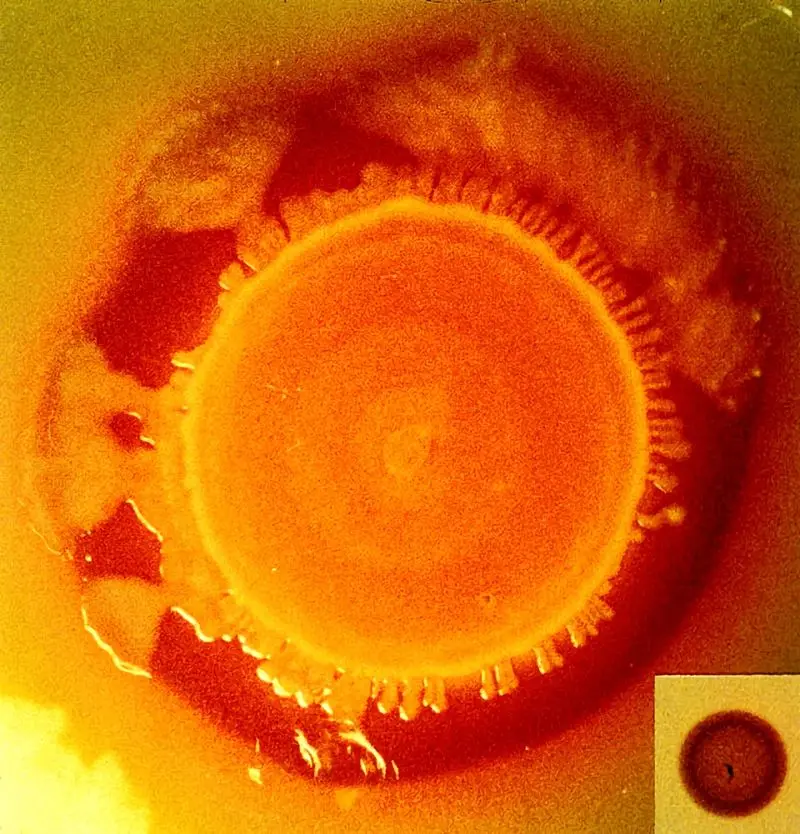 New Tracking Tool for Pathogen Investigators
New Tracking Tool for Pathogen Investigators -
Can binturongs be kept as pets?
-
 How long do instruments stay sterile after autoclaving veterinary?
How long do instruments stay sterile after autoclaving veterinary?
Oliguria
 A small volume of urine produced. In adult dogs and cats oliguria is defined as urine production of less than 0. 5 ml/lb/hr (1 ml/kg/hr). An abnormally small amount of urine. Usually due to dehydration or acute kidney failure.... ↪ Read more
A small volume of urine produced. In adult dogs and cats oliguria is defined as urine production of less than 0. 5 ml/lb/hr (1 ml/kg/hr). An abnormally small amount of urine. Usually due to dehydration or acute kidney failure.... ↪ Read more OFV
Obligate pathogen
 Parasite that generally will cause disease ? e. g. Brucella abortus (Brucellosis); Yersinia pestis (Plague); and Mycobacterium bovis (Tuberculosis).... ↪ Read more
Parasite that generally will cause disease ? e. g. Brucella abortus (Brucellosis); Yersinia pestis (Plague); and Mycobacterium bovis (Tuberculosis).... ↪ Read more Objective information
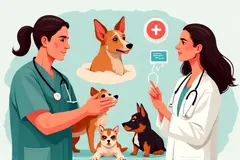 Any information that can be quantified such as the size of a mass, a laboratory value or the grade of a heart mumur.... ↪ Read more
Any information that can be quantified such as the size of a mass, a laboratory value or the grade of a heart mumur.... ↪ Read more Obesity
Nutrients
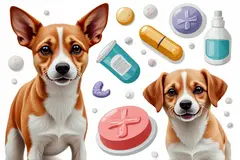 Feed components required for the maintenance, production and health of animals (water, carbohydrates, lipids, proteins, minerals and vitamins).... ↪ Read more
Feed components required for the maintenance, production and health of animals (water, carbohydrates, lipids, proteins, minerals and vitamins).... ↪ Read more Nutrient requirements
 The minimal amounts of nutrients (energy, protein, minerals and vitamins) necessary to meet an animal's minimal needs for maintenance, growth, reproduction, lactation or work.... ↪ Read more
The minimal amounts of nutrients (energy, protein, minerals and vitamins) necessary to meet an animal's minimal needs for maintenance, growth, reproduction, lactation or work.... ↪ Read more Nutrient allowances
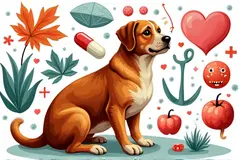 Recommendations of nutrient amounts necessary for maintenance, growth, gestation, lactation or performance that include a safety margin to account for variability in feeds and animals (e. g. , environment, health, storage losses).... ↪ Read more
Recommendations of nutrient amounts necessary for maintenance, growth, gestation, lactation or performance that include a safety margin to account for variability in feeds and animals (e. g. , environment, health, storage losses).... ↪ Read more Number-averaged molecular weight
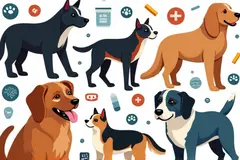 The mean of the molecular weight of all the polymers in a solution. The number-averaged molecular weight tells you how quickly a fluid will exert an effect. The smaller the number-averaged molecular weight, the quicker the initial oncotic response.... ↪ Read more
The mean of the molecular weight of all the polymers in a solution. The number-averaged molecular weight tells you how quickly a fluid will exert an effect. The smaller the number-averaged molecular weight, the quicker the initial oncotic response.... ↪ Read more Nucleus
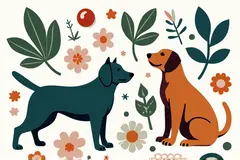 Center of the lens. A structure within a cell that contains among other things, genetic information.... ↪ Read more
Center of the lens. A structure within a cell that contains among other things, genetic information.... ↪ Read more Nuclei (nucleus)
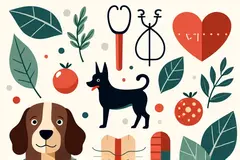 A structure located within a cell. Contains amongst other substances the genetic information of the cell.... ↪ Read more
A structure located within a cell. Contains amongst other substances the genetic information of the cell.... ↪ Read more Nuclear sclerosis
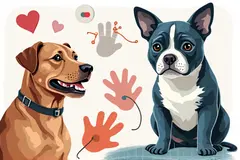 Compression of older lens fibers in the nucleus of the lens which results in light-scattering that clinically appears as a gray, homogenous, perfectly round area in the center of the lens which is bilaterally symmeterical; a normal aging change and does not interfere with vision or visualization of... ↪ Read more
Compression of older lens fibers in the nucleus of the lens which results in light-scattering that clinically appears as a gray, homogenous, perfectly round area in the center of the lens which is bilaterally symmeterical; a normal aging change and does not interfere with vision or visualization of... ↪ Read more Popular Diagnoses
Packed cell volume (PCV, hematocrit) Reflex ovulator Mucolytic Microfilaricide Bronchodilator Hematocrit Glucocorticoid Monoamine oxidase inhibitor (MAOI) ↪ All veterinary diagnoseOther Diagnoses
Bacteriostatic B cell Benign Beta blockers Beta-carotene Beta-lactamases Biopsy BlepharospasmPopular Veterinary Clinics
VCA Welborn Animal Hospital, 7860 Washington Avenue Kansas City, KS 66112 USA MedVet Columbus, 300 East Wilson Bridge Road, Worthington, OH Rutland Veterinary Clinic & Surgical Center, 90 East Pittsford Road, Rutland, VT VCA Paradise Valley Emergency Animal Hospital, 6969 East Shea Boulevard Suite 150 Scottsdale, AZ 85254 USA Connecticut Veterinary Center & Pet ER, 470 Oakwood Ave West Hartford, CT 06110 USA Norway Veterinary Hospital, 10 Main St P.O. Box 273 Norway, ME 04268 USA Craig Road Animal Hospital, 5051 West Craig Road, Las Vegas, NV Abri Veterinary Hospital Inc, 1449 Trademart Boulevard Winston-Salem, NC 27127 USA ↪ All veterinary clinicsOther Veterinary Clinics
Central Valley Veterinary Hospital, 55 E Miller Ave Salt Lake City, UT 84115 USA VCA Cottonwood Animal Hospital, 6360 Highland Dr Salt Lake City, UT 84121-2108 USA Country View Veterinary Hospital, 582 W. Pacific Drive American Fork, UT 84003 USA Denkers Veterinary Hospital, 2225 South State Street Salt Lake City, UT 84115 USA Eastwood Animal Clinic, 298 US Route 4 East, Rutland, VT Green Mountain Veterinary Hospital, 48 Treat Hill Road Manchester Center, VT 05255 USA Lamoille Valley Veterinary Services, 278 Vermont Route 15 East Hyde Park, VT 05655 USA Middlebury Animal Hospital, 139 Washington Street Extension, Middlebury, VTPopular Drugs
DOXYLAMINE SUCCINATE Doses - PENICILLIN V POTASSIUM Doses - METHYLPREDNISOLONE, METHYLPREDNISOLONE ACETATE, METHYLPREDNISOLONE SODIUM SUCCINATE ACEPROMAZINE MALEATE Doses - PREDNISOLONE, PREDNISOLONE SODIUM SUCCINATE, PREDNISOLONE ACETATE, PREDNISONE Doses - FURAZOLIDONE Doses - FERROUS SULFATE Doses - LEVAMISOLE ↪ All veterinary drugOther Drugs
Magna PrednisTab® (Prednisolone, USP) Isoflurane, USP Inhalation Anesthetic For Use in Horses and Dogs Endosorb Endosorb Bolus Hexa-Caine Adequan® I.A. (Polysulfated Glycosaminoglycan) (PSGAG) Adequan® i.m.Popular Terms
Subalbinotic Steatis Uteroverdin Paradoxical CSF acidosis Figure of 8 suture pattern Nerve root signature Ovariohysterectomy Abrev OVH Signalment ↪ All veterinary termOther Terms
Hydronephrosis Hydrophilic Hydrophobia Hydrops Hydroureuter Hygiene Pleural effusion Pleural spaceveterinary-help.com
© 2011-2025 Veterinary Clinics, Diagnoses, Terms and Drug Handbook Online


